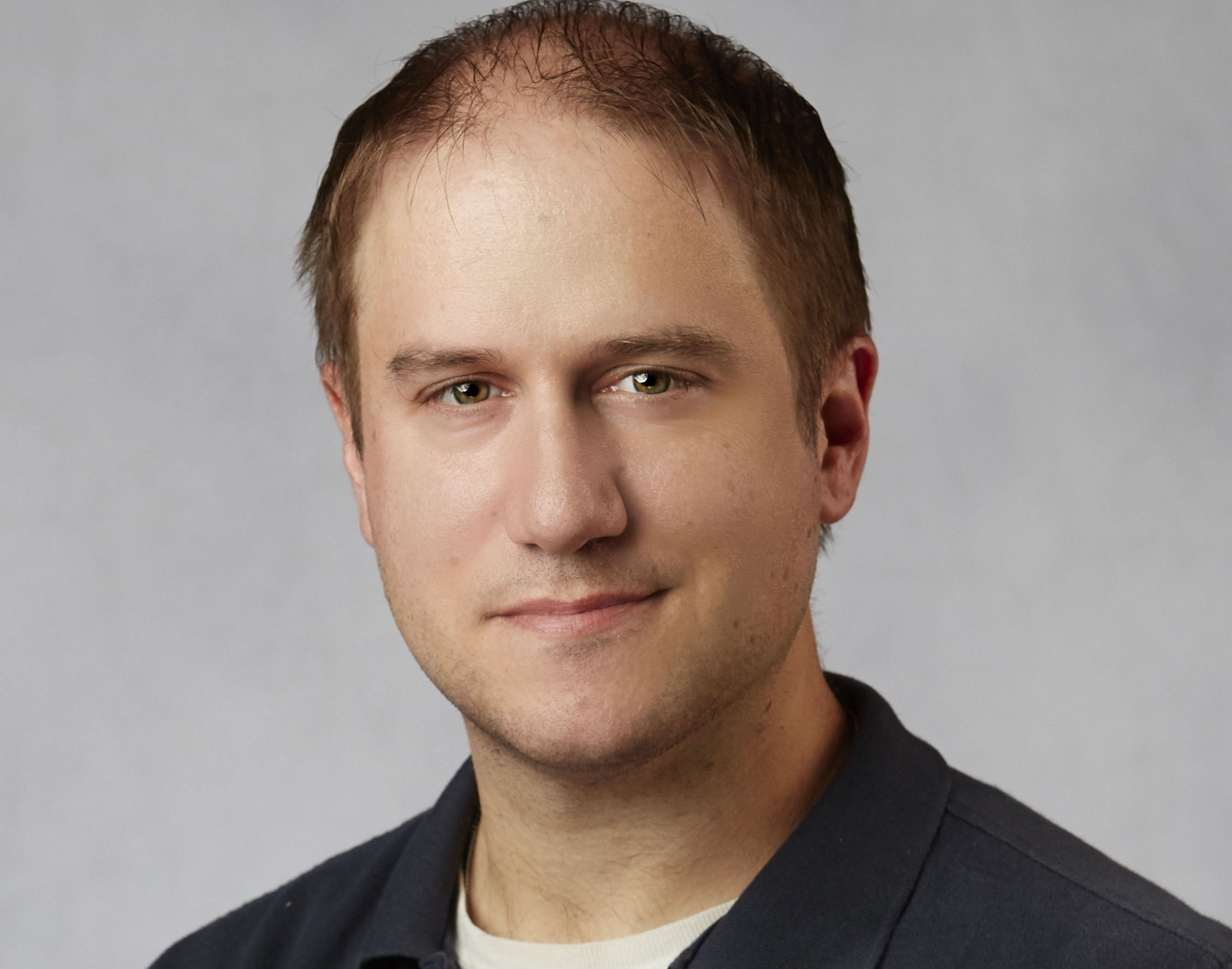
I first met Brad Meltzer in 2004 at Comic-Con International: San Diego (SDCC). I had never attended SDCC before and, fresh out of college, I made the trip hoping to form some connections in the comic book industry and hopefully secure a job. Brad, who had just seen the first issue of Identity Crisis hit and was managing a long line of admirers, took the time to give me advice and sign a poster of that book's first issue with "I feel like we're family"—you don't forget stuff like that.
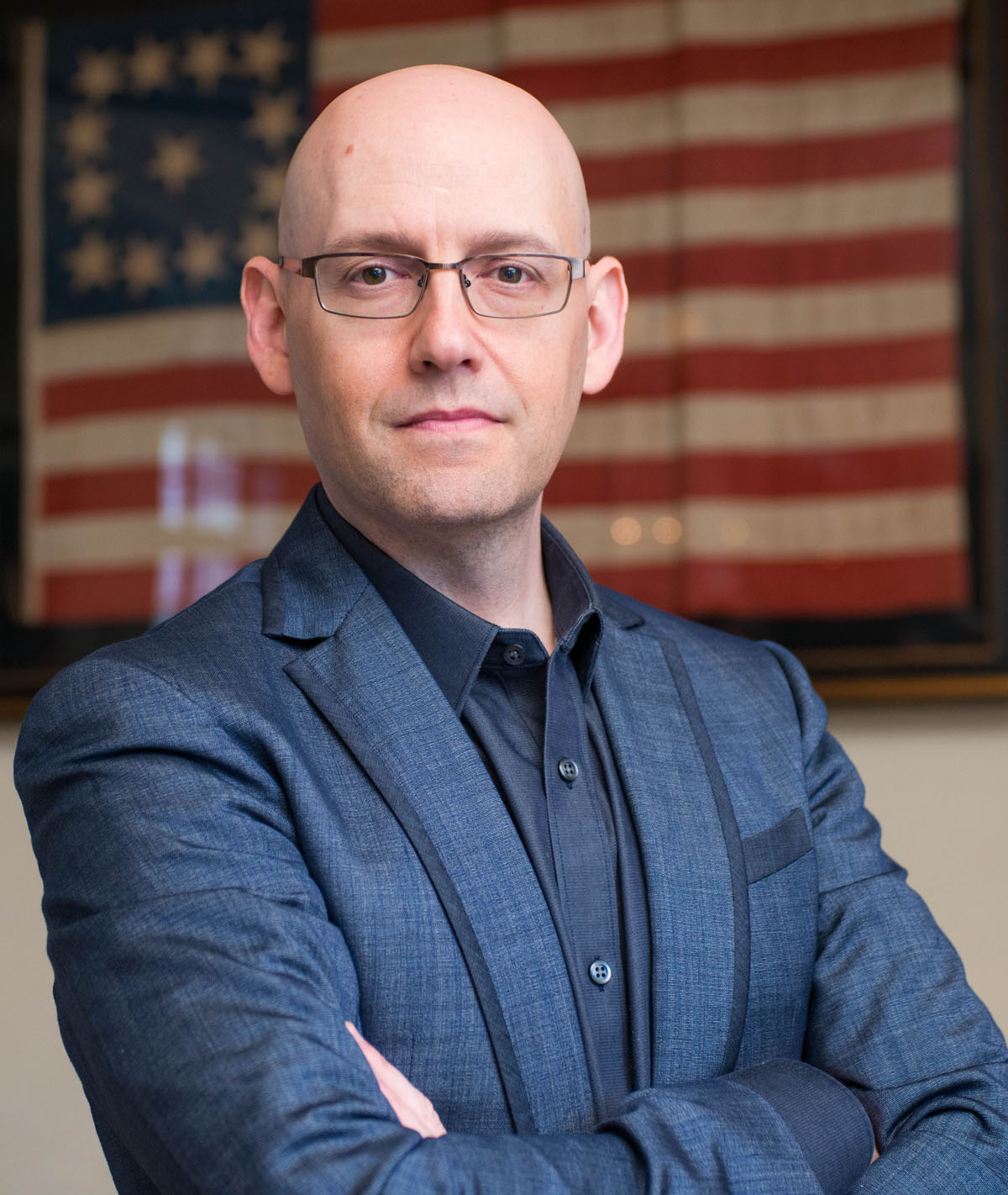
A couple of years later, I found myself a staff writer at Wizard Magazine working the DC Comics beat. With Brad announced as writing a relaunched Justice League of America series spinning out of Infinite Crisis, I looked forward to being able to help promote the project and, more selfishly, get to talk comics with one of my favorite people on a regular basis. Over the next several months we walked the tightrope of generating buzz for the line-up, the villains, etc. without giving away too much.
It's 2020 now, and Brad's son, a little kid when I first corresponded with his dad, has graduated high school. I spent a decade working in comics and now I'm a college professor in Las Vegas. A lot has changed, but with Justice League of America: The Deluxe Edition now available collecting the full 13-issue run, I could not pass up an opportunity to call up my friend and reminisce about a landmark period in both our lives.
Beginnings
Anybody who has followed the career of Brad Meltzer knows the Justice League played a huge part in his fandom. Identity Crisis spins directly out of JLA stories from the '70s with nods to other classic DC tales before and after. Brad possesses an encyclopedic knowledge of the world's greatest super-team that has proven invaluable to his professional pursuits.

"[Justice League of America] was the first comic I ever collected. Justice League of America #150 was the first comic book I ever read. I knew I couldn't collect back to issue #1, but I figured I could get to #100, and then once I did that, I figured why not #90… Back then you had to go through long boxes to find the issues; there were no conventions, there was no online. Every bookstore you entered, you prayed they had a comics section in the back so you could find that last chapter of the Seven Soldiers of Victory story.
"When I first started, I was just reading the Justice League, then over time I realized I was reading writers like Gerry Conway and Len Wein, that was who influenced me. Then of course once George Perez took over the art—George Perez has always been my weakness, I gravitate to him more than anybody, and I remember his covers.
"Justice League of America #200 felt like the Super Bowl of comics, with the George Perez cover, with all the different artists. If you trace back influences, so much of my work comes from [that issue] and from New Teen Titans. In my Justice League of America #0, we did the exact same thing they did in issue #200, which was using all the different artists to tell the story of the team's history."
Get the best comic news, insights, opinions, analysis and more!
Getting the Gig
Brad broke into comics with a high profile project, succeeding Kevin Smith on the highly successful Green Arrow. He credits his predecessor on the Emerald Archer as a trailblazer that would chart him a path that eventually led to DC's greatest super team…
'What if we give you Justice League with a new #1 and you can do whatever you want.' I remember being like, 'Curse you, that is my Kryptonite.'
Brad Meltzer
"I don't think I ever would have been given the chance to write Green Arrow if it hadn't been for Kevin Smith, and I owe Kevin Smith for being the first one ‘through the wall,' and I got the opportunity because of him.
"Identity Crisis came off the success of Green Arrow, me not screwing it up and being given another shot. The truth was, after Identity Crisis, I told [then DC vice president] Dan DiDio that I was done with comics, that I was never writing another one, that I needed to go write a novel, that I couldn't do it because I had no physical time anymore. Dan was very kind, he was very sweet, then he called me up and said, 'What if we give you Justice League with a new #1 and you can do whatever you want.' I remember being like, 'Curse you, that is my Kryptonite.' I couldn't say no and he knew it."
Issue #0
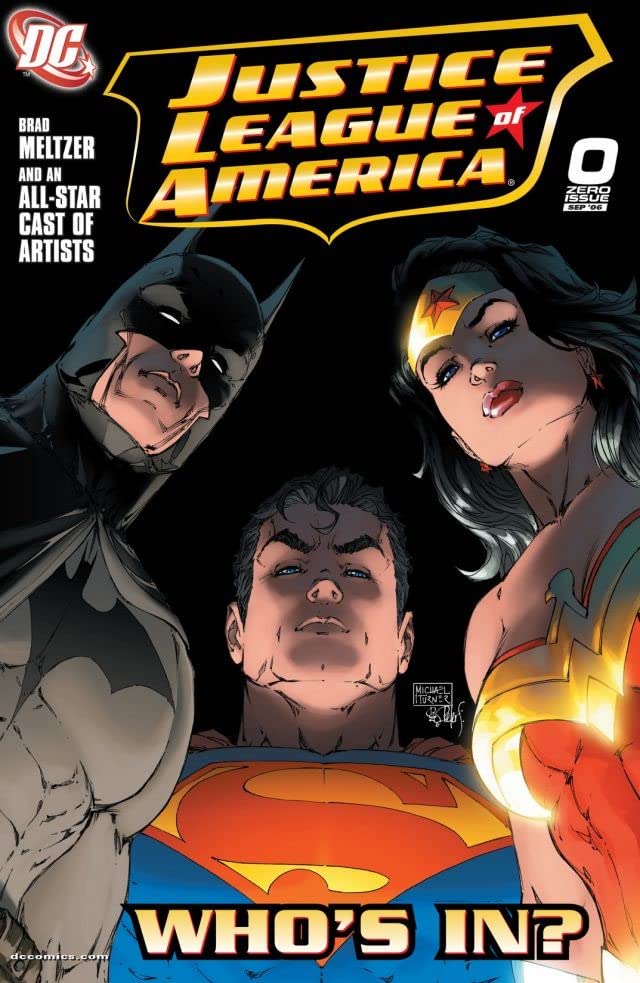
Before the official kickoff to Justice League of America, a special #0 issue both paid tribute to the past and portended the future as Meltzer teamed with a laundry list of all-star artists to whet readers' appetites.
"[DC] came to me asking if I wanted to do a zero issue, and I didn't, because they always felt like stunts and something that was tacked on. [The first arc] 'Tornado's Path' was already written and I didn't want to interfere with where that was going because it was almost done.
"DC said I could do a zero issue and do whatever I want, but I didn't want to do it unless it could be done in a spectacular way. My idea was to thank every former era of the League if we did it correctly. My first question was, 'Can we get George Perez? Can we get Luke McDonnell? Can we get somebody who can do Mike Sekowsky?' Can we get all these people? Can we get Howard Porter? He was one of the first people to come on board and that made me want to pull it off.
Whatever I've written in comics, it's never been about the big supervillain fights, it's always been about the quiet human moments. I can do an entire book of just those?
Brad Meltzer
"My artist wishlist was pretty much what you see in the book, and I wrote it around wanting to see that extra moment between Bruce and Dick at Donna Troy's wedding, that moment when Superman died that we never got to see.
"Whatever I've written in comics, it's never been about the big supervillain fights, it's always been about the quiet human moments. I can do an entire book of just those?
"The JLA and JSA taking a photograph drawn by Jim Lee—it was not a question whether or not to go forward with that.
"Andy Kubert doing a great, amazing Dark Knight moment.
"We were able to grab everybody we wanted to get. It was near impossible to pull off, to get everybody we wanted, but it was worth it. I ended up [getting the original art] for most of that issue, the artists were so generous gifting me their original pages—it was so humbling as these pages were arriving in the mail from incredible artists I grew up on."
Goals
As he had done with Green Arrow and Identity Crisis, Meltzer sought as part of his manifesto for Justice League of America to pay tribute in a way that acknowledged both the vastness of the DC Universe and the interpersonal connections making up the mythos. A line-up that included classic members Green Lantern and Black Canary alongside the 'big three' of Superman, Batman, and Wonder Woman, as well as newcomers like Black Lightning, Hawkgirl, and Red Arrow, went a long way towards accomplishing these aims.
"There's a famous quote that says 'History doesn't repeat itself, but it sure does rhyme.' It's the same with the line-up of the Justice League; it goes in waves and if you observe over time you can see the pattern.
"I grew up as a Satellite League guy, that was my League. God bless Grant Morrison for coming along and saying, 'We've had the Satellite League for a long time, we've had that massive group, let's get back to the Big Seven idea.' I loved that. We had decades of that and then when I started I thought it was time to go back the other way. Grant did that big archetypes of gods [with JLA] and I wanted to very consciously bring it back to human problems, human interactions, human relationships. That was the League I loved the most.

"I loved it when Barry Allen had a crush on Zatanna but he felt bad about it because he had a dead wife. That was far more interesting to me than whether they beat Paragon or not. The most interesting part of the Paragon issue [Justice League of America #224] was that Oliver Queen and Hal Jordan were having brunch together. They get brunch together? That human interaction, who liked each other and who didn't, was always what drove me. I very consciously wanted to bring that back.
"I think the League always represents the history of the DC Universe, where it's coming from and where it's going to. I didn't want to rebuild the Satellite League just because that's what I was reading when I was 13, there's nothing to be gained by that unless you can get a story out of it. I didn't just want the past represented, but I wanted the future represented.
"Cyborg actually gets voted into the Justice League in issue #0—he gets voted in. Batman, Superman, and Wonder Woman say, 'Bring him in, he's ready.' I was adamant about Kingdom Come getting a tip of the hat—that's why Red Arrow is in that first storyline. I wanted this to be the bridge people would look back on. We pay a lot of homage in comic books, but if we just pay homage, we don't move forward.
"Again, Grant did a beautiful job of showing us why [Superman, Batman, and Wonder Woman] were a trinity. They were unstoppable, they really were; Batman takes down everybody. Grant and I have talked about this, and he loves the ebb and flow of comic book history, that continuity is a living thing. I wouldn't be here without [Grant] and the ideas we've shot back and forth. I told him that he had made Batman into this unstoppable person and Identity Crisis was very much about bringing Batman back down to earth and making him human again. We've seen it one way, let's see it the other way.
"The big three, the trinity, they get together in the first issue and they pick a League, and I love the idea that what they say doesn't matter at all. They don't get to run everything; it's these minor characters who are the heart and soul of the League. You want the big three for the big moments, but the League to me is always more interesting when it's filled with that human dynamic."
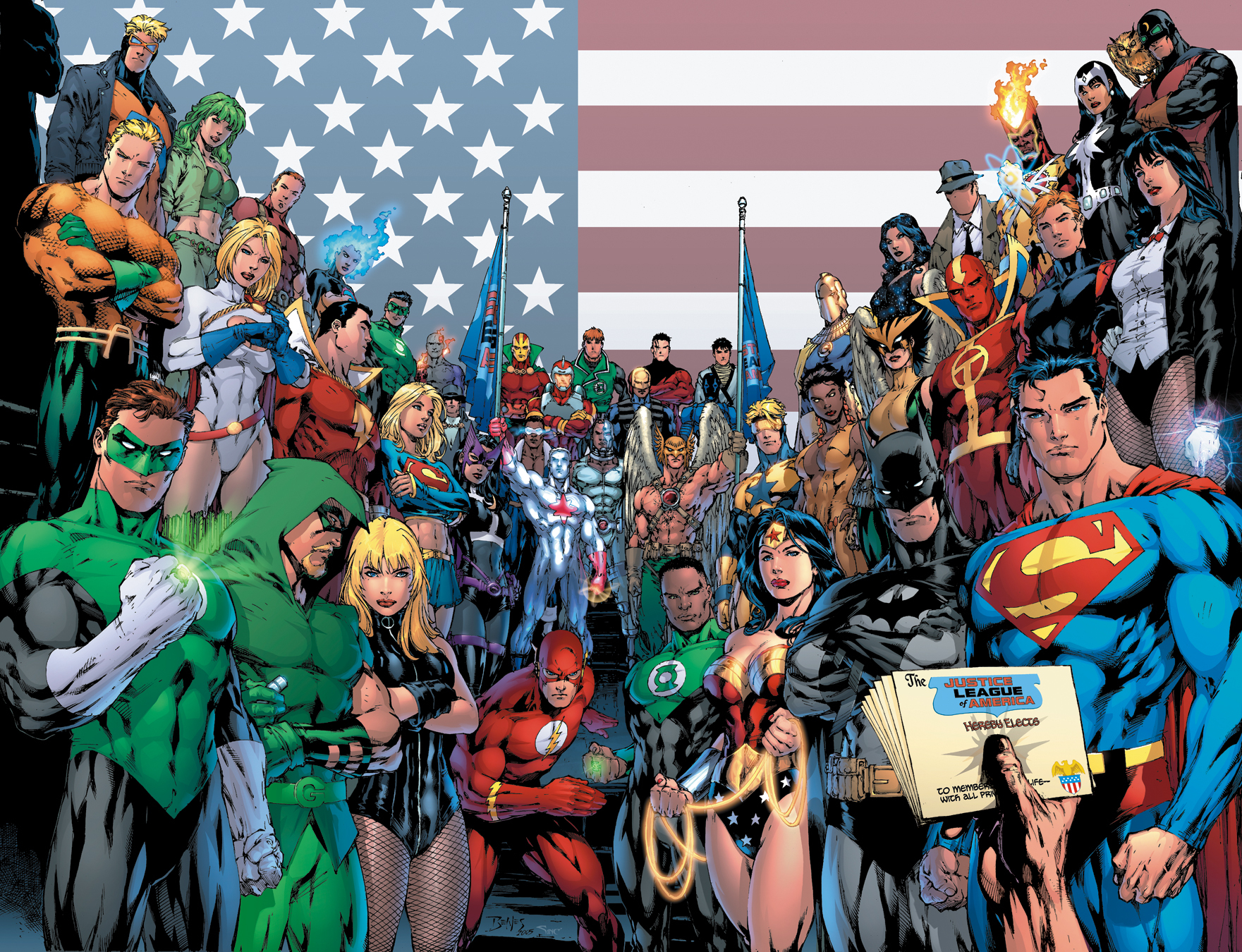
Ed Benes
A dream team of creators from cover artist Michael Turner to inker Sandra Hope joined Meltzer in his quest to pay proper homage to the Justice League. Selected personally by Brad to be the primary interior artist, Birds of Prey alumni Ed Benes scored the biggest break of his career to date.
"We looked at a lot of different artists at the time; [Ed Benes] could do that grand scale. There were so many great artists breaking through at that time, and the thing Ed had that I loved is he could do the acting. Listen, it's easy to draw superheroes with muscle upon muscle, that's the simple part, but he could draw Black Canary and make her seem like she was in charge. I knew Black Canary was going to be the leader of the team, I knew that when I started. I knew from Ed's work on Birds of Prey that he was going to crush this and make us feel like Black Canary has as much right to run this place as anybody does."
The Bad Guys

Just as fans tried to predict which heroes would make the cut for Meltzer's team, so did they handicap which villains would be making the League's life difficult. Over the writer's tenure, we would see new takes on old favorites like Amazo, Starro, and even Trident, as well as newcomers such as Doctor Impossible and a Solomon Grundy nobody saw coming.
"Damon Lindelof just did this wonderful talk about fan service, how it's the greatest and most horrible thing. I remember him saying that Baby Yoda is the ultimate fan service—but we love it! The moment it's too much fan service and it's bad, we hate it. Too much fan service will kill creativity, you have to go forward. In Identity Crisis I loved writing Deathstroke against the Justice League because everybody was waiting for him to fight the Teen Titans, but I said, 'No, this is a world-class villain.' This was continuing down that similar path. I wanted to make the DC Universe feel more lived in. None of [the villains] are trying to take over the world, they have their own more selfish, more personal motivations."
JLA/JSA
After the first arc in Justice League of America, 'The Tornado's Path,' established the team and reinvented the stalwart Red Tornado, Meltzer wasted no time going epic. 'The Lightning Saga,' a multipart crossover with the Geoff Johns-written Justice Society of America, not only put a modern twist on the two teams' annual meetings, it brought in a third DC staple with the Legion of Super-Heroes and featured the shocking comeback of a certain Scarlet Speedster…

"Let me take back everything I said [earlier]—these were full fan service issues. The Legion was in flux—nobody really knew if it was the old Legion or the new Legion, which Legion existed. Geoff and I were very committed to the idea that you don't say goodbye to those old stories, you don't just barrel over them. Geoff was writing JSA, I was writing JLA, we both had a similar love of the Legion.
"Geoff was sleeping at my house as I was writing Identity Crisis and reading the scripts as they came off the printer. We were kids when we were doing that! One of my closest friends in the entire industry was writing the sister book [to Justice League] - it felt like we had to do this story, but we had to do the right story, and building it around the return of Wally West was the way. All credit to Dan DiDio. When I wrote Identity Crisis, we knew Hal Jordan was going to come back to life. We knew Barry Allen was eventually coming back. We were just thrilled to help those stories along."
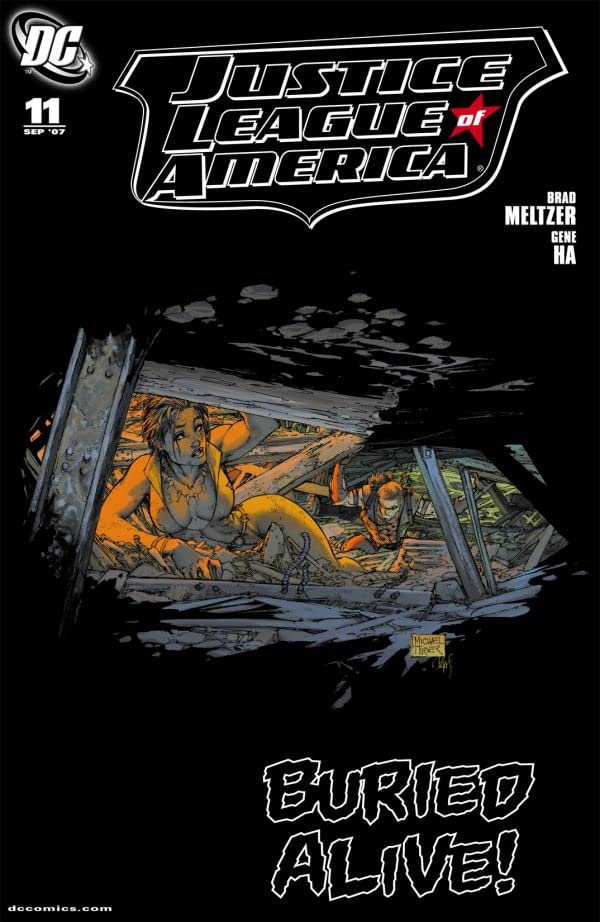
The Gene Ha Issue
How do you follow something as massive as 'The Lightning Saga'? Brad did it with Justice League of America #11, 'Walls,' a claustrophobic tale teaming Vixen and Red Arrow against something they couldn't punch their way out of: a cave-in. The single-issue story, illustrated by Gene Ha, would win an Eisner Award that year.
"Anybody who says 'There's only one way to tell a JLA story' hasn't read all the JLA stories. I felt like we had done a big story and shown a human side in 'The Tornado's Path,' we had done the blockbuster crossover $200 million movie with JLA/JSA/Legion, but some of the best stories are those one-offs. Like that Paragon story [from Justice League of America #224] we talked about, that was a great one-off. 'Who Killed Trident?' [from New Teen Titans #33] was a one-off. 'A Day in the Lives' [from New Teen Titans #8] was a masterpiece from Marv Wolfman.
I had stories for five years for Justice League, I could have written that book for a decade. That storyline with Red Arrow and Hawkgirl, that triangle we were setting up, we had long term plans for Vixen. But [before I left] I wanted to do something that got to the core of the characters, and that ended up being [issue #11], and Gene Ha blew everything out of the water. Full credit to Gene, that the story won an Eisner."
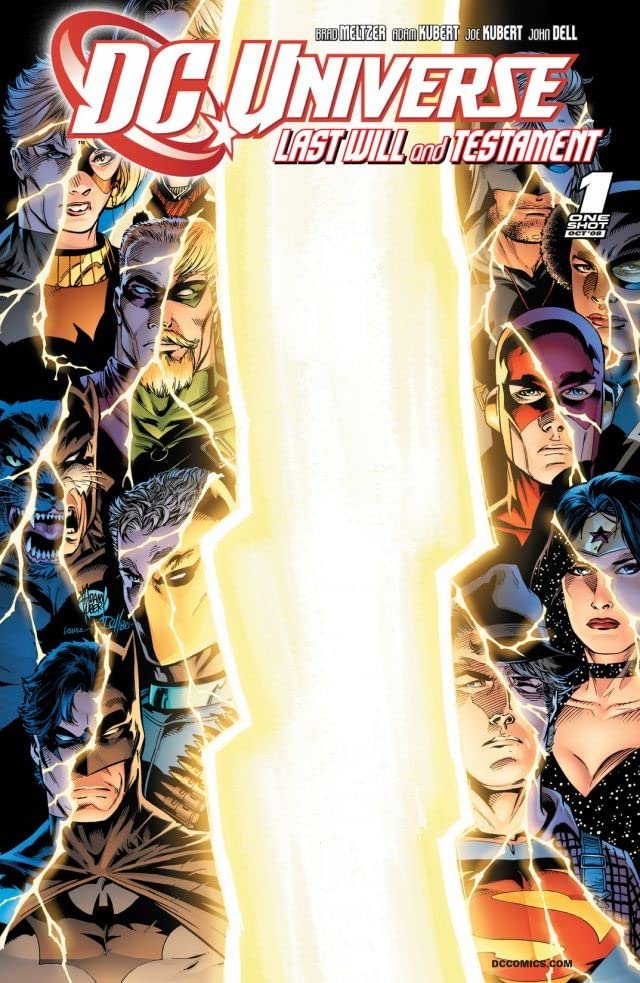
The Cutting Room Floor
Not all of Meltzer's ideas made it to Justice League of America proper. A running tease with Degaton, Despero, and the Ultra-Humanite ended up migrating to Johns' Booster Gold of all places. Brad himself returned to write DC Universe: Last Will and Testament, which resolved a cliffhanger between Geo-Force and Deathstroke. Ultimately, the writer wished to put plans in motion but enjoyed seeing others resolve them as part of the experience.
"If you look at issue #0, there's still stuff we talk about that I feel is still coming. We wanted plans in there that were going to be 10 or 15 years down the line. Obviously we were doing yesterday, but we were doing tomorrow as well. There were massive plans, some that got resolved exactly how we planned. That's the beauty of continuity: you start knitting and somebody else finishes the quilt—and usually does a better job! I love that. I love that I saw Doctor Impossible show up later. That's the beauty of it."
Final Thoughts
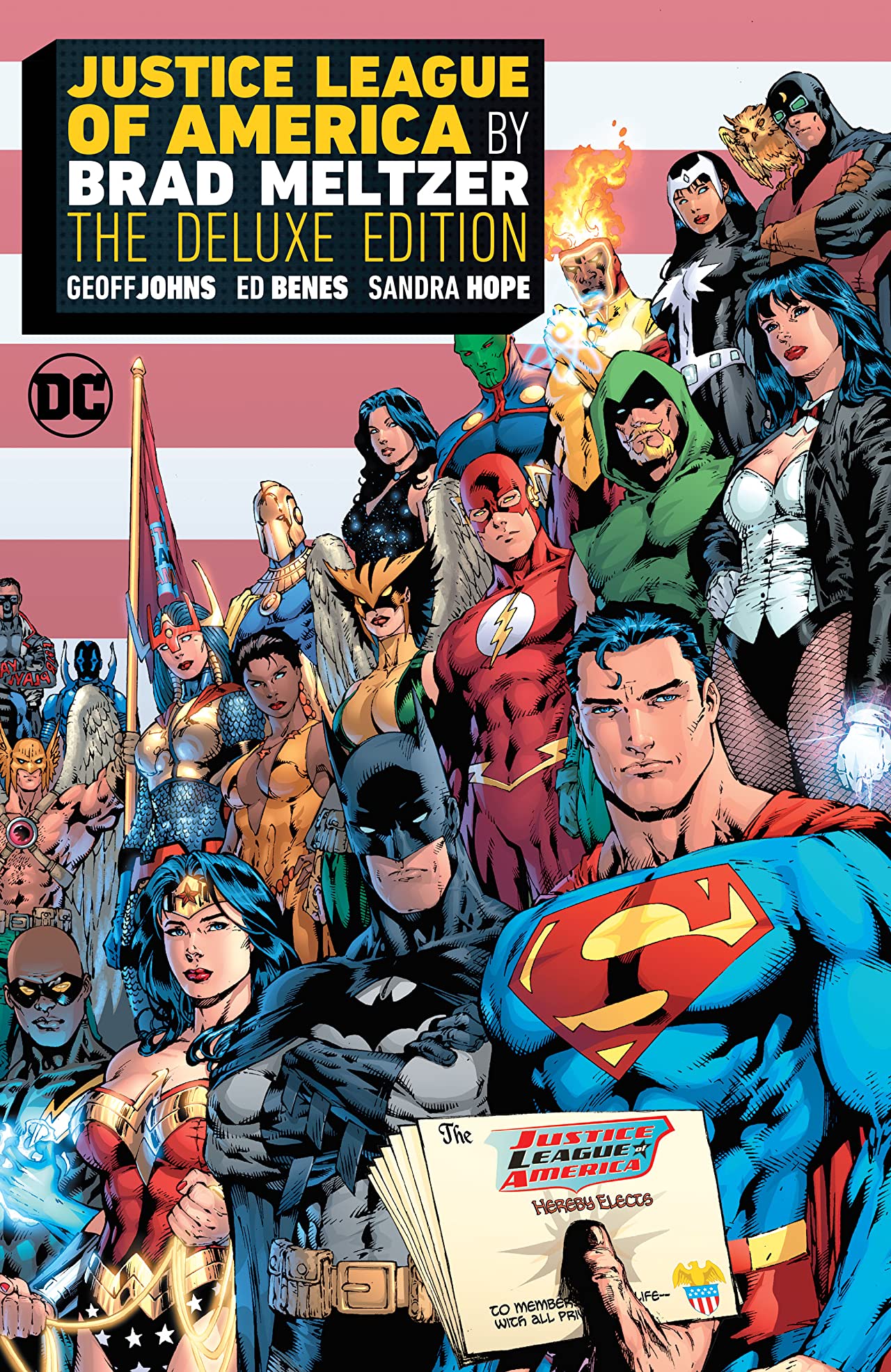
Over a decade removed from Justice League of America, Brad Meltzer can take a measured breath and appreciate that he left a legacy during his year with some of his most beloved characters. Changes he made and stories he told still resonate within a DC Universe that has seen considerable tumult. For a creator who had nothing but reverence for those who came before him, he can ask for little else.
"When I write anything, I never think about how it's going to exist; that's not up to me, that's up to you, the reader. I'm just telling my story, it's not everybody's story, it's the best one I can tell, and hopefully, it resonates. I love that over a decade later people are still responding to this piece of art that we put together. There are beautiful stories that came after, and there are many beautiful stories that came before, and I'm just grateful to be a part of it.
"One of the things we got to do, and we finally got to acknowledge and you'll see it [in the collection] is that we wanted to bring the Hall of Justice into continuity—I don't think we were allowed to say it at the time, but the person who drew the new Satellite and designed the new Hall of Justice was this young independent new artist who we plucked from nowhere named Jim Lee [laughs]. Jim was this superstar, but what nobody knew is that behind the scenes he redesigned everything—you can see all that in the book and how he perfected them. Jim never got the credit and never took the credit, but he was absolutely drawing all that.
"Another thing that was important to me—and [current Legion of Super-Heroes writer Brian Michael Bendis] has talked about this—was I wanted Black Lightning to be the influence for Lightning Lad. When you see the designs for Black Lightning's costume, you'll see that I wanted it to look like Lightning Lad's, for it to be the influence for Lightning Lad 1000 years later. It just made sense. Again, talk about the beauty of better writers than yourself picking up ideas, Brian talked to me about it and was already on that path and was able to thread it—those are the moments where you realize just how small you are in such a big universe."
Ben Morse worked in the comic book industry for nearly 15 years, starting at Wizard Magazine in 2004 and later spending a decade at Marvel Entertainment as part of the Digital Media team. Since 2018 he has been a visiting lecturer at UNLV in Las Vegas at the Hank Greenspun School of Journalism and Media Studies. He currently co-hosts the Other Identity podcast and continues to write about comics any chance he gets.
